- Home
- About Us
- Products
- TD High-efficiency And Energy-saving Circulating Pump
- TD High-efficiency And Energy-saving Circulating Pump Accessories
- Pipeline Pump
- Pipeline Pump Accessories
- Sewage Pump
- Sewage Pump Accessories
- LG Multi-stage Pump
- LG Multi-stage Pump Accessories
- Cooling Tower Circulation Pump
- Electric Motor
- Electric Motor Accessories
- News
- Contact Us
- Home
- About Us
- Products
- TD High-efficiency And Energy-saving Circulating Pump
- TD High-efficiency And Energy-saving Circulating Pump Accessories
- Pipeline Pump
- Pipeline Pump Accessories
- Sewage Pump
- Sewage Pump Accessories
- LG Multi-stage Pump
- LG Multi-stage Pump Accessories
- Cooling Tower Circulation Pump
- Electric Motor
- Electric Motor Accessories
- News
- Contact Us
Web Menu
- Home
- About Us
- Products
- TD High-efficiency And Energy-saving Circulating Pump
- TD High-efficiency And Energy-saving Circulating Pump Accessories
- Pipeline Pump
- Pipeline Pump Accessories
- Sewage Pump
- Sewage Pump Accessories
- LG Multi-stage Pump
- LG Multi-stage Pump Accessories
- Cooling Tower Circulation Pump
- Electric Motor
- Electric Motor Accessories
- News
- Contact Us
Product Search
Exit Menu
How to Troubleshoot a Pipeline Pump That’s Not Working?
Pipeline pumps are essential in many industrial and commercial systems, including HVAC, water circulation, chemical processing, and more. When a pipeline pump stops working, it can disrupt operations, cause downtime, or even lead to costly equipment damage. Timely and systematic troubleshooting is crucial.
Step 1: Check Power Supply and Connections
The first step in troubleshooting is confirming that the pump is receiving power.
Is the pump plugged in or connected to a power source?
Sometimes the issue is as simple as a loose cable or tripped breaker.
Check circuit breakers, fuses, and contactors.
If a fuse is blown or the breaker is tripped, reset it and try again.
Inspect control panel indicators.
Blinking lights or fault codes on modern control units can reveal specific errors (e.g., overvoltage, phase loss).
Step 2: Inspect the Motor
The motor is the heart of the pump. Problems here can halt operation entirely.
Listen for unusual sounds.
Humming or buzzing may indicate a jammed impeller or seized bearing.
Feel for overheating.
If the motor is unusually hot, it may be overloaded, poorly ventilated, or running with an electrical fault.
Use a multimeter to check voltage and resistance on motor terminals. Imbalance or lack of continuity can point to internal faults.
Step 3: Check for Blockages or Mechanical Jams
Physical obstructions can prevent the pump from rotating even if the motor is functional.
Inspect the pump impeller.
Debris, corrosion, or mineral scaling can block or damage the impeller.
Turn the shaft manually (if safe to do so).
Resistance or lack of movement could indicate a mechanical lock or damage.
Step 4: Review Fluid and System Conditions
A pipeline pump depends on proper fluid conditions to operate effectively.
Is the pump primed?
Some pumps require initial fluid filling. Running dry can damage the pump.
Check system pressure and flow rate.
Low inlet pressure or excessive back pressure can affect performance.
Inspect valves and filters.
A closed valve or clogged filter upstream or downstream may cause the pump to stall or run inefficiently.
Step 5: Evaluate Control Signals and Sensors
If your system uses a controller, sensors, or automation:
Check the controller settings.
A command signal may not have been sent, or a sensor may be misreading.
Inspect pressure/flow sensors for faults or disconnections.
Verify remote inputs and PLC status (if applicable). A control system issue can mimic a pump failure.
Step 6: Look for Leakage or Cavitation
Are there leaks around the pump seals or flanges?
This may suggest gasket failure or incorrect installation.
Listen for cavitation noises (a rattling or crackling sound). This could indicate vapor bubbles forming in the fluid, often due to low inlet pressure or excessive speed.
Step 7: Review Maintenance Records and Runtime
When was the pump last serviced or cleaned?
Lack of maintenance is a common cause of breakdown.
Has the pump exceeded its expected runtime?
Worn-out bearings, seals, or impellers often cause failure in older units.
Troubleshooting a pipeline pump doesn’t always require advanced expertise, but it does call for a systematic approach. By checking electrical, mechanical, and fluid-related components step by step, many problems can be quickly identified and resolved. Regular maintenance and early fault detection can help prevent unexpected breakdowns and extend the service life of your pump system.
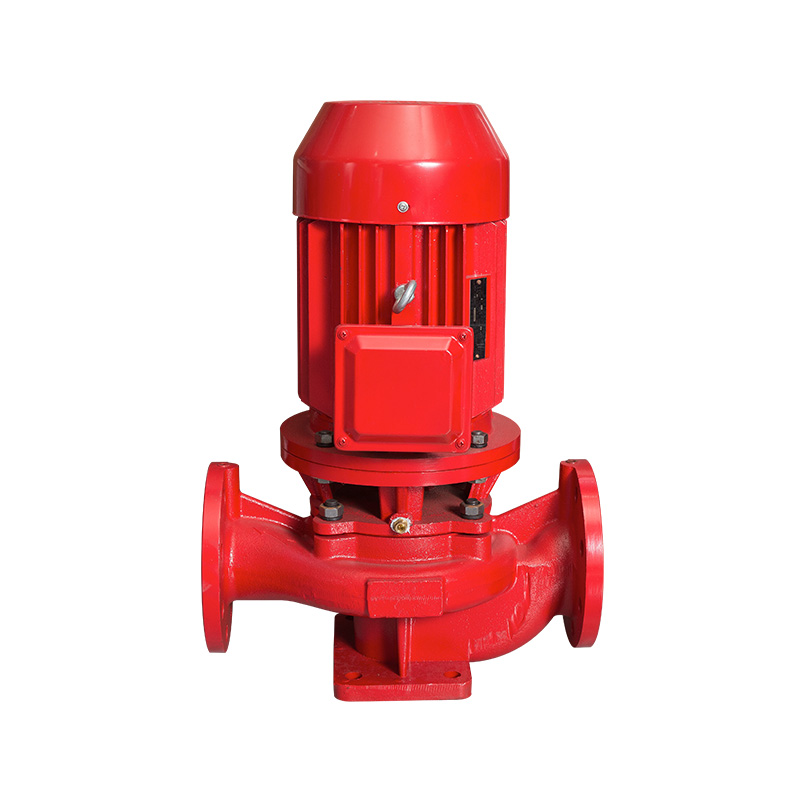
Related Products
-
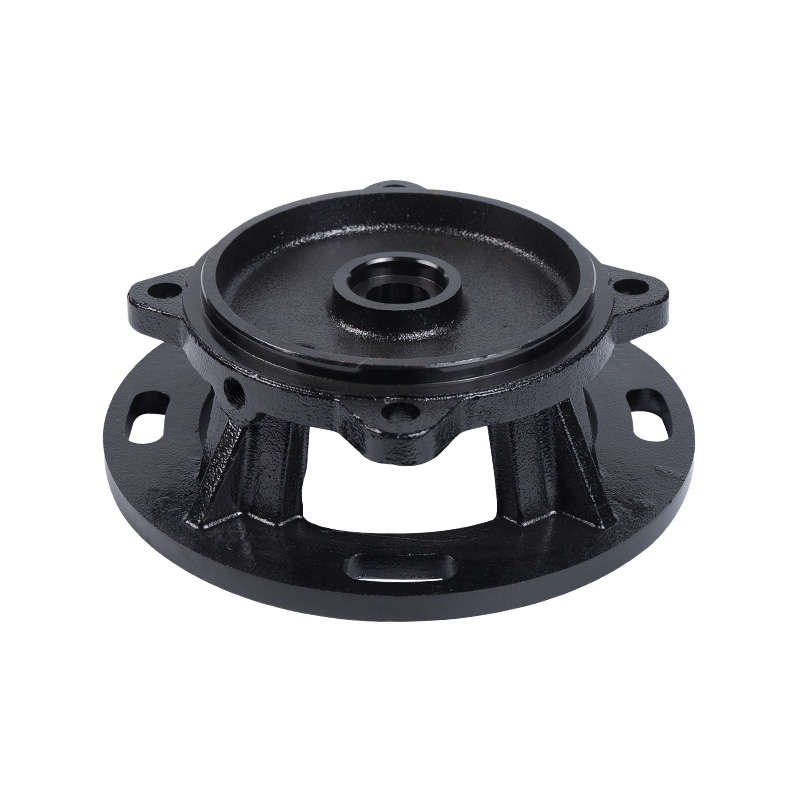
Pipe pump cover
Cat:Pipeline Pump Accessories
The pump cover is used to tighten and seal. The pump cover ensures tha...
See Details -
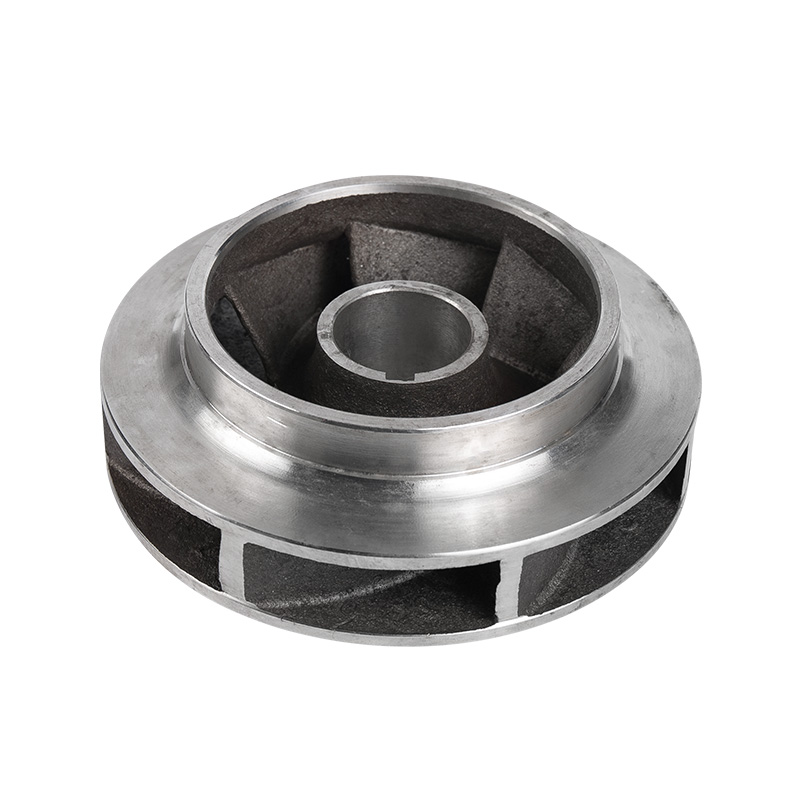
Pipe pump stainless steel impeller
Cat:Pipeline Pump Accessories
Stainless steel impeller material is stainless steel, it is not easy t...
See Details -
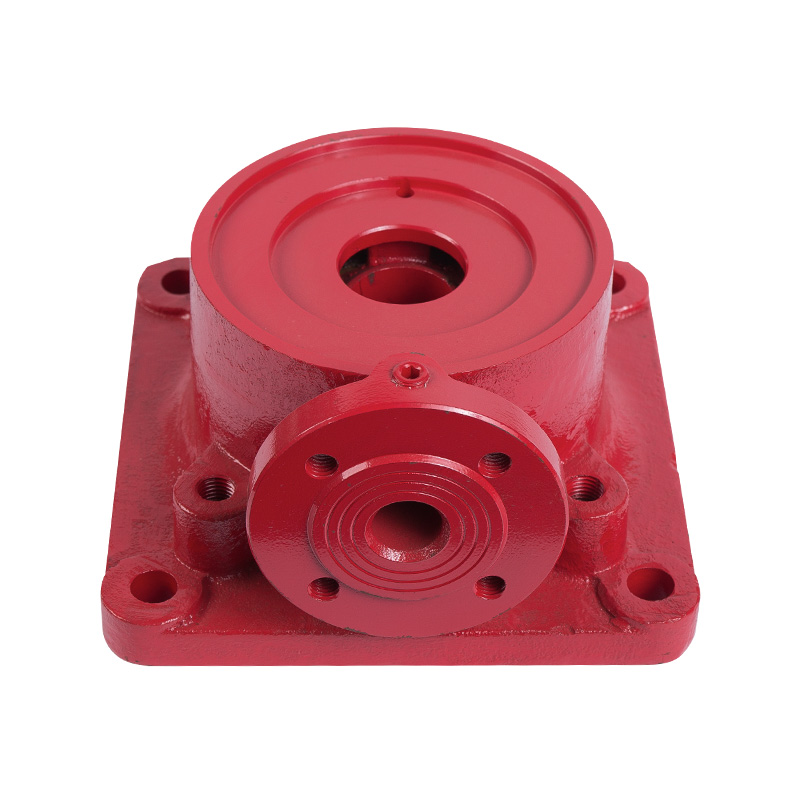
LG multi-stage pump water inlet section
Cat:LG Multi-stage Pump Accessories
The inlet section is the inlet portion of the pump and is responsible ...
See Details -
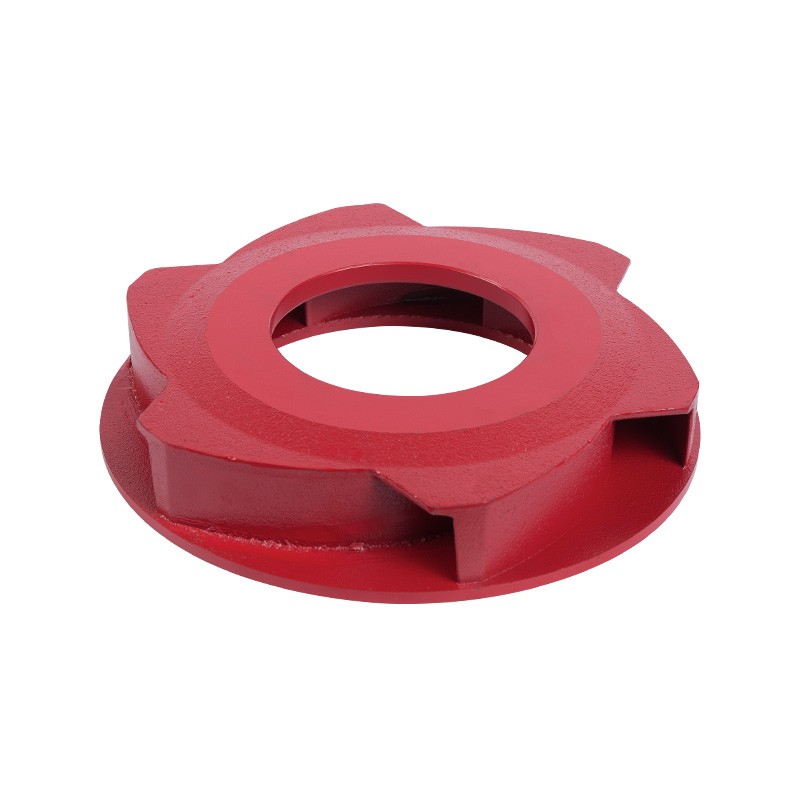
LG multistage pump cast iron impeller
Cat:LG Multi-stage Pump Accessories
Cast iron impeller is one of the key components of the pump, which pre...
See Details -
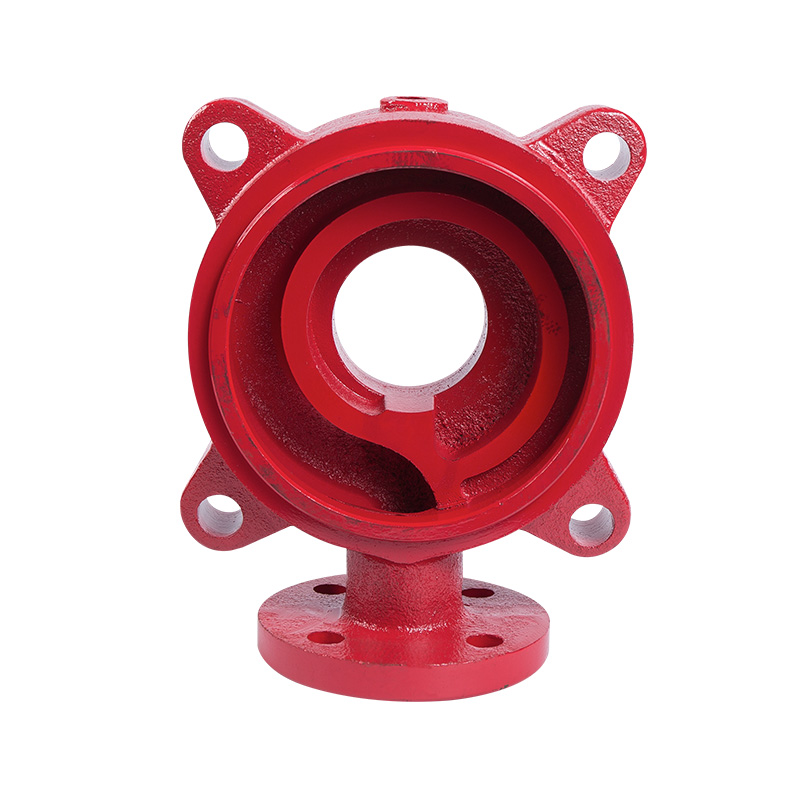
LG multi-stage pump water outlet section
Cat:LG Multi-stage Pump Accessories
The outlet section is the outlet part of the pump, which is responsibl...
See Details -
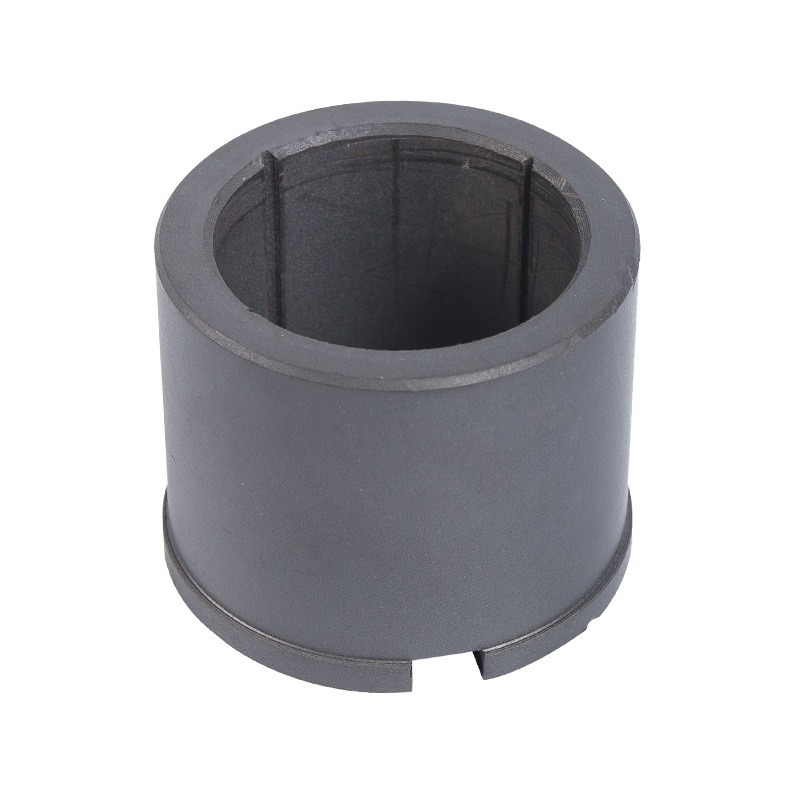
LG multi-stage pump water bearing
Cat:LG Multi-stage Pump Accessories
Water bearings are a special type of bearings commonly used in multi-s...
See Details -
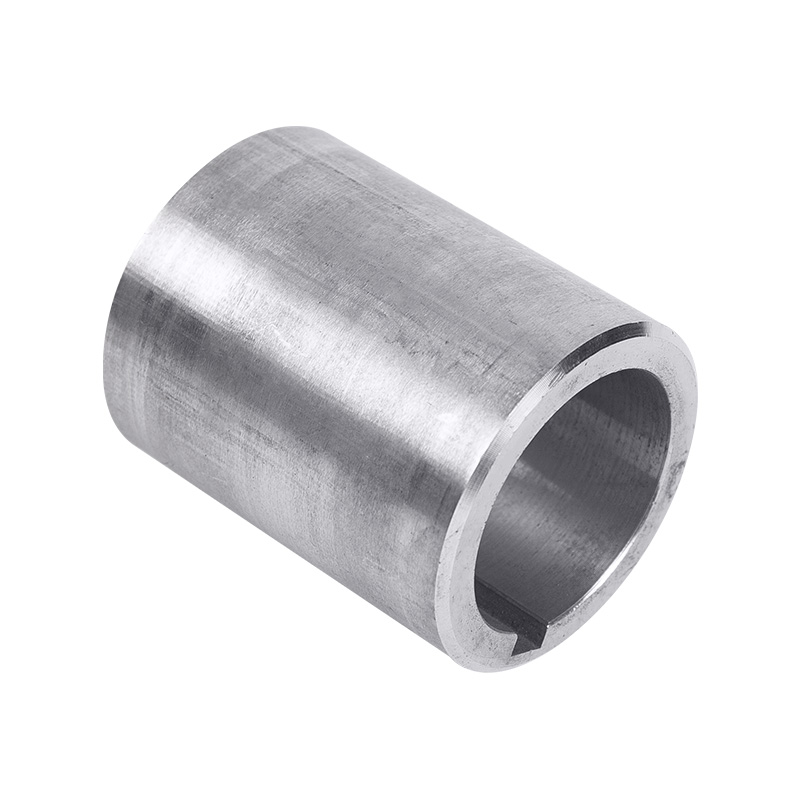
LG multi-stage pump spacer sleeve
Cat:LG Multi-stage Pump Accessories
Spacer sleeve is a ring-shaped part installed between the impellers of...
See Details -
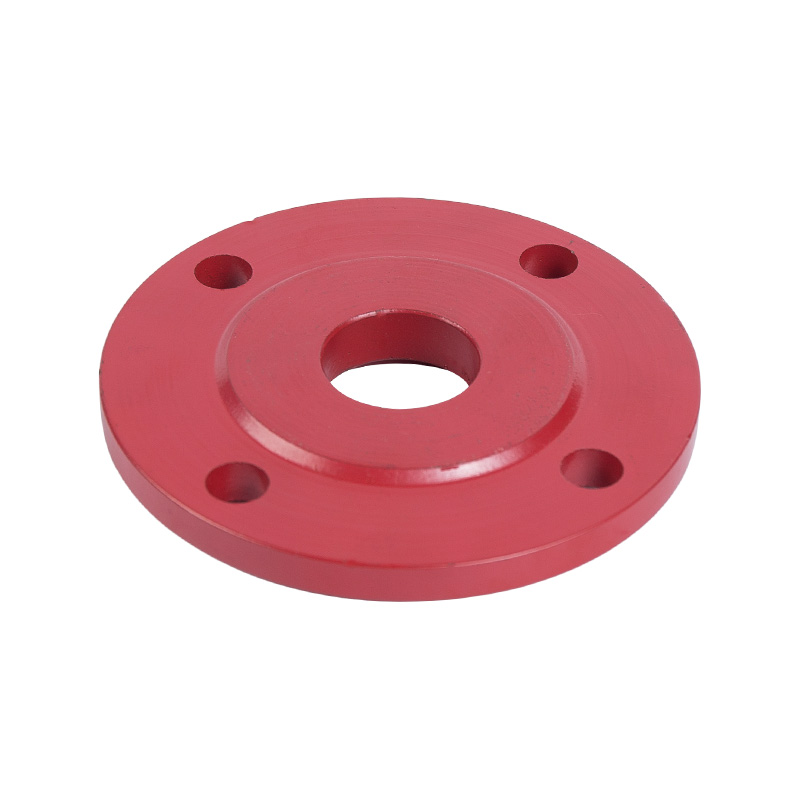
LG multi-stage pump seal gland
Cat:LG Multi-stage Pump Accessories
The machine seal gland is a component that encloses the machine seal u...
See Details -
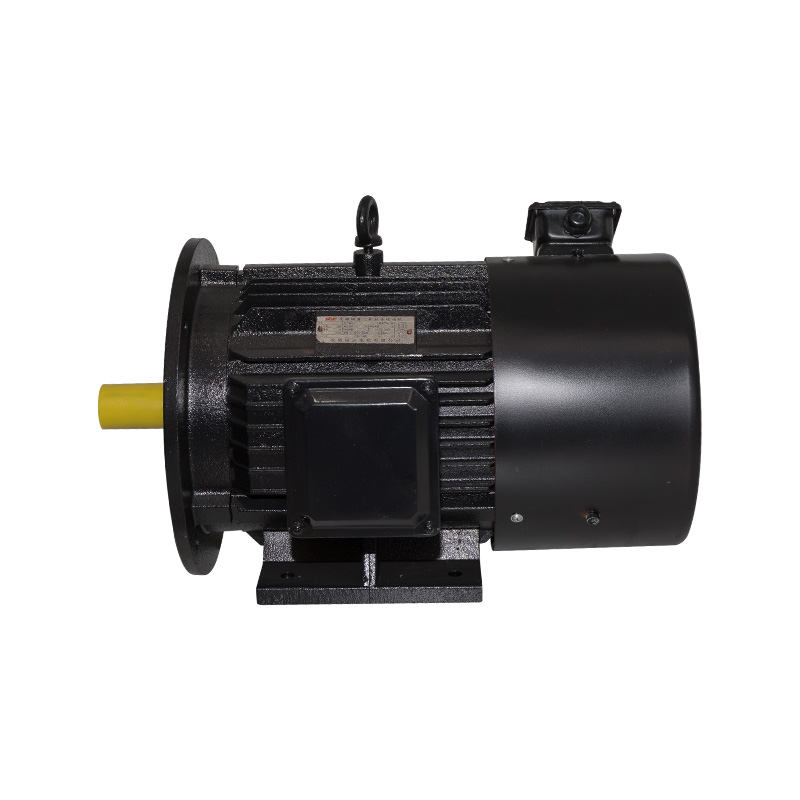
B3/B35 Horizontal inverter motor
Cat:Inverter Electric Motor
Also known as base mounting, the motor is connected to the mounting da...
See Details -
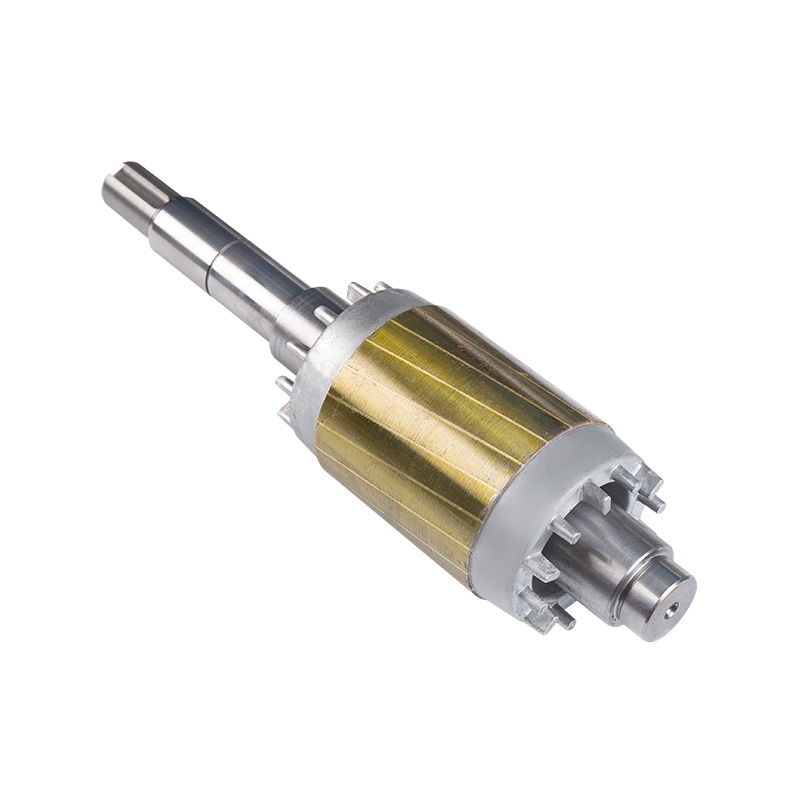
Finished rotor
Cat:Electric Motor Accessories
The rotor of a motor refers to the rotating part, which contains the r...
See Details
- TD High-efficiency And Energy-saving Circulating Pump
- TD High-efficiency And Energy-saving Circulating Pump Accessories
- Pipeline Pump
- Pipeline Pump Accessories
- Sewage Pump
- Sewage Pump Accessories
- LG Multi-stage Pump
- LG Multi-stage Pump Accessories
- Cooling Tower Circulation Pump
- Electric Motor
- Electric Motor Accessories
-

+86-0563-2251312
-

+86-0563-2251311
-

+86-139 6620 0379
-

-

No.43 Guohua Road, Guangde Economic Development Zone, Xuancheng City, Anhui Province, China

